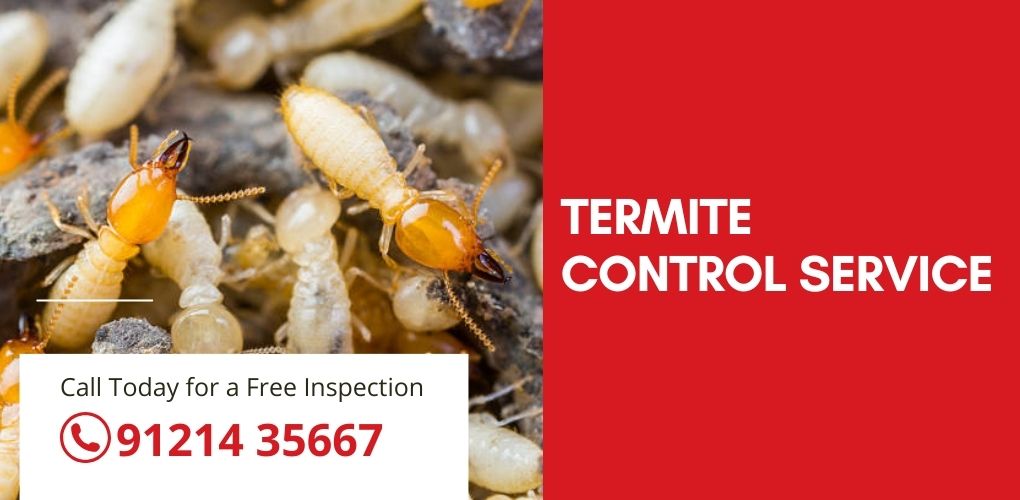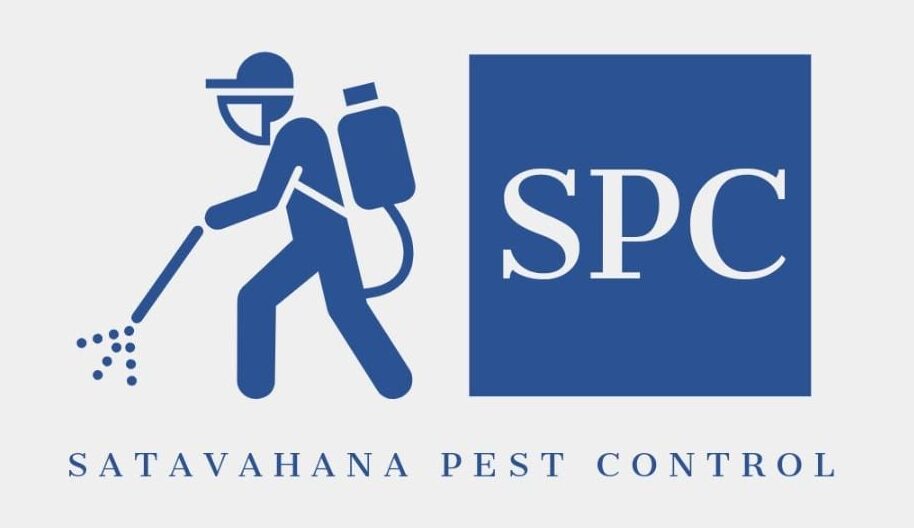
Termite control refers to the various methods and techniques used to manage and prevent termite infestations in buildings and other structures. Termites are social insects that feed on cellulose-containing materials such as wood, paper, and plant debris. When left unchecked, termite colonies can cause significant damage to homes and structures, leading to costly repairs.
Here are some common methods and strategies for termite control:
Chemical Treatments:
- Liquid Termiticides: These are applied to the soil around the foundation of a building to create a barrier that repels or kills termites on contact.
- Termite Baits: Bait stations containing slow-acting toxins are placed in the ground or near termite activity areas. Termites feed on the bait and share it with the colony, eventually leading to its elimination.
Physical Barriers:
- Termite Barriers: Physical barriers made of metal or plastic are installed during construction to block termite access points. Examples include metal mesh and termite-resistant building materials.
Wood Treatment:
- Wood can be treated with chemical preservatives to make it resistant to termites. This is often used in the construction of homes and other wooden structures.
Biological Control:
- Certain beneficial organisms, such as nematodes and fungi, can be used to target and kill termites. These organisms are introduced into the termite colony or infested area.
Regular Inspections:
- Regular termite inspections by trained professionals can help detect termite activity early, allowing for prompt treatment.
Moisture Control:
- Termites are attracted to moisture, so controlling moisture levels in and around your home can help prevent infestations. Fixing leaky pipes and ensuring proper drainage are essential.
Termiticide-treated Mulch:
- Using mulch that has been treated with termiticides can deter termites from nesting near the foundation of a building.
Preventative Construction Practices:
- Proper construction practices, such as maintaining a gap between soil and wood structures, can help reduce the risk of termite infestations.
Professional Pest Control Services:
- Many homeowners opt for professional pest control services, which often include regular inspections and preventive treatments.
It’s important to note that termite control can vary depending on the type of termites present (subterranean, drywood, or dampwood) and the severity of the infestation. DIY methods may work for minor infestations, but for more serious problems, it’s often best to consult with a licensed pest control professional who can assess the situation and recommend the most appropriate treatment methods. Additionally, termite control measures should be integrated into a long-term maintenance plan to ensure ongoing protection against these destructive pests.
